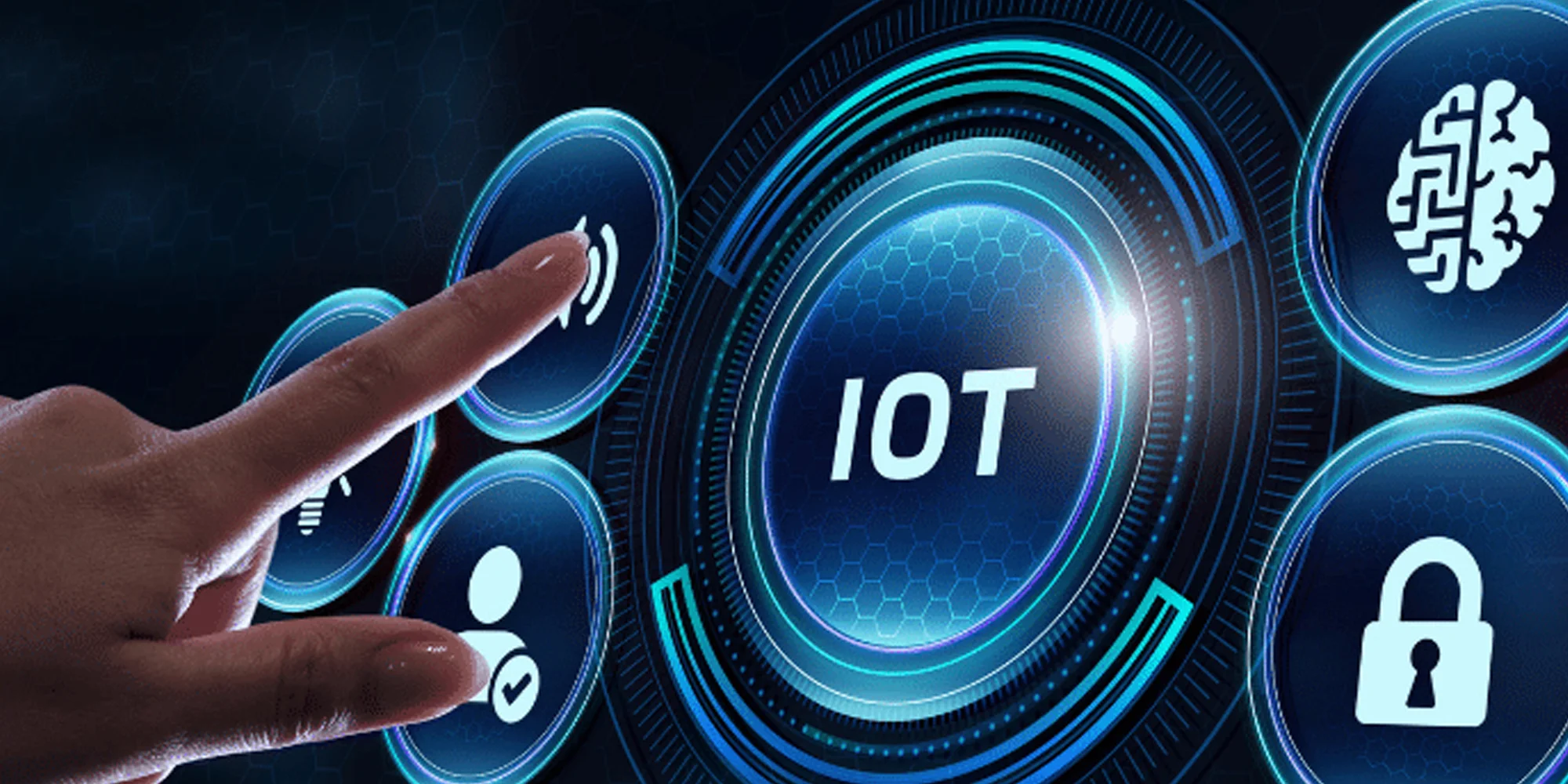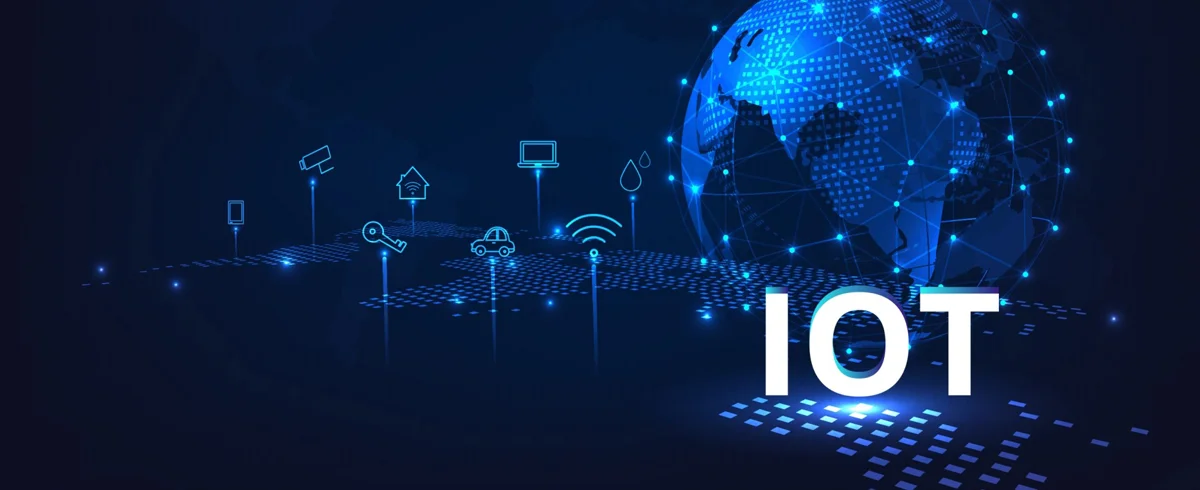Necessary Always Active
Necessary cookies are required to enable the basic features of this site, such as providing secure log-in or adjusting your consent preferences. These cookies do not store any personally identifiable data.
|
||||||
|
||||||
|
||||||
|

The Internet of Things (IoT) is a fascinating idea that combines both theoretical and practical elements.
IoT is changing how we interact with the physical world by combining theoretical innovation with practical applications. IoT use cases are unlocking new opportunities across industries and personal life by introducing objects to communicate and share data. From sending real-time notifications to making devices smarter and more personalized, IoT is reshaping how we meet our everyday needs. For example, the IoT use cases in manufacturing help the manufacturers actionable insights, optimize performance, and streamline operations. The global IoT in manufacturing market was valued at USD 27.8 billion in 2018 and is projected to reach USD 452.27 billion by 2032, growing at a CAGR of 22.1%
This is an early stage of transformation technology that is going to change every walk of life, bringing in unprecedented connectivity and intelligence. The journey has just begun, but the potential to create specific, intelligent solutions is already very evident.
The Internet of Things (IoT) has significantly impacted the healthcare sector. The modern concept of IoT in healthcare is transforming patient care because patients can be remotely monitored and diagnosed. This development increases the accuracy of treatments and reduces hospital visits, enabling healthcare providers to provide more proactive and efficient care. Here are a few ways in which IoT has transformed healthcare:
Smart Cities represent a modern approach to urbanization, with the uses of IoT technology to create smarter, more sustainable living environments. It can be used to monitor everything from traffic to the weather and resource allocation. With these devices the city management can devise plans as well as execute them to better the functioning of the city. Here’s how IoT is transforming smart cities:

The utilization of IoT has greatly transformed the supply chain and logistics industry in the current market. Supply Chain management includes everything that helps in the optimization of costs. Internet of Things adds to this; it automates and digitalizes the entire SCM. IoT helps in maximizing operational efficiencies while reducing operational costs. The IoT in supply chain management was valued at $21.38 billion in 2023 and is projected to reach $57.6 billion by 2032, growing at a compound annual growth rate (CAGR) of approximately 13% between 2024 and 2032. From optimizing delivery routes to ensuring the quality of goods, here are the keyways IoT is reshaping supply chain and logistics:
The use of IoT in the automotive industry has caused a revolution in operating systems, connectivity and the interface of vehicles. The cloud connected cars and Internet consume data between 20 to 200 megabytes every day to transmit data, as per Darren Mann, vice president of global operations at Seattle-based Airbiquity. In 2022, Micron released a 1.5TB memory card so that these cars could have more storage space. IoT also helps in the transmission of this stored data that helps in creating better roads, preventing accidents and many more things. Following are the ways IoT is changing the automotive industry:

The importance of Internet of Things (IoT) has grown in home security in several ways. The home automation market is one of the fastest growing markets and is estimated to reach $63.2 billion by 2025. These IoT connected devices make life a lot more be it at home or anywhere else. Apart from that, IoT has other use cases as well that keep your home safe and alert you in case of any emergency. Below is a list of a few of them:
The use cases of Internet of Things have changed the way energy is consumed by making efficient methods of controlling energy resources and innovations in Green Tech. Smart devices, intelligent sensors, and big data and analytics technology are proving a powerful combination in the battle against energy inefficiency and the promotion of smarter energy use. Below are the few ways of how IoT is making energy conservation more effective:
Wearable tech has received the most focus in the use cases of IoT till now. Many wearable devices are in their 2nd or 3rd iteration, with improved designs and more compatibility with other systems. Ranging from sleep monitoring, and hearing aids to tracking physical activity during exercise, wearables have become more advanced. They can link to social media and gather data to analyze behavior and enhance our lives.
The Internet of Things and mobile app development form a seamless partnership. These technologies work together seamlessly to facilitate communication between machines and humans, leading to improved business efficiency and enhanced user experience.
According to Fortune Business Insights, the market is projected to grow from USD 714.48 billion in 2024 to USD 4,062.34 billion by 2032, exhibiting a CAGR of 24.3% during the forecast period. The rise of IoT use cases across various sectors be it manufacturing or banking, is creating numerous opportunities for businesses to utilize connected devices and apps to improve their services. As various industries embrace digital transformation, the demand for smart connected devices and associated apps continues to grow.
AI in IoT use cases Is vital as they collectively enhance the application of IoT use cases. The combination of AI’s data management and machine learning with IoT’s extensive range of interconnected physical devices create efficient ways for smart decision making and performing exceedingly large and complex tasks. Applications of AI in IoT can analyze big volumes of data derived from IoT and impart useful information for both business and consumer.
The Internet of Things (IoT) is changing how we live, work, and connect with the world around us. With more industries accepting the use cases of IoT, there’s nothing but limitless potential for transformative growth. It means both businesses and individuals stand to benefit from this inter-connected era, where one could look forward to improved experiences and smarter solutions. With IoT, we’re not just advancing technology, we are shaping a more connected and intelligent future.
Sign up to receive our newsletter featuring the latest tech trends, in-depth articles, and exclusive insights. Stay ahead of the curve!